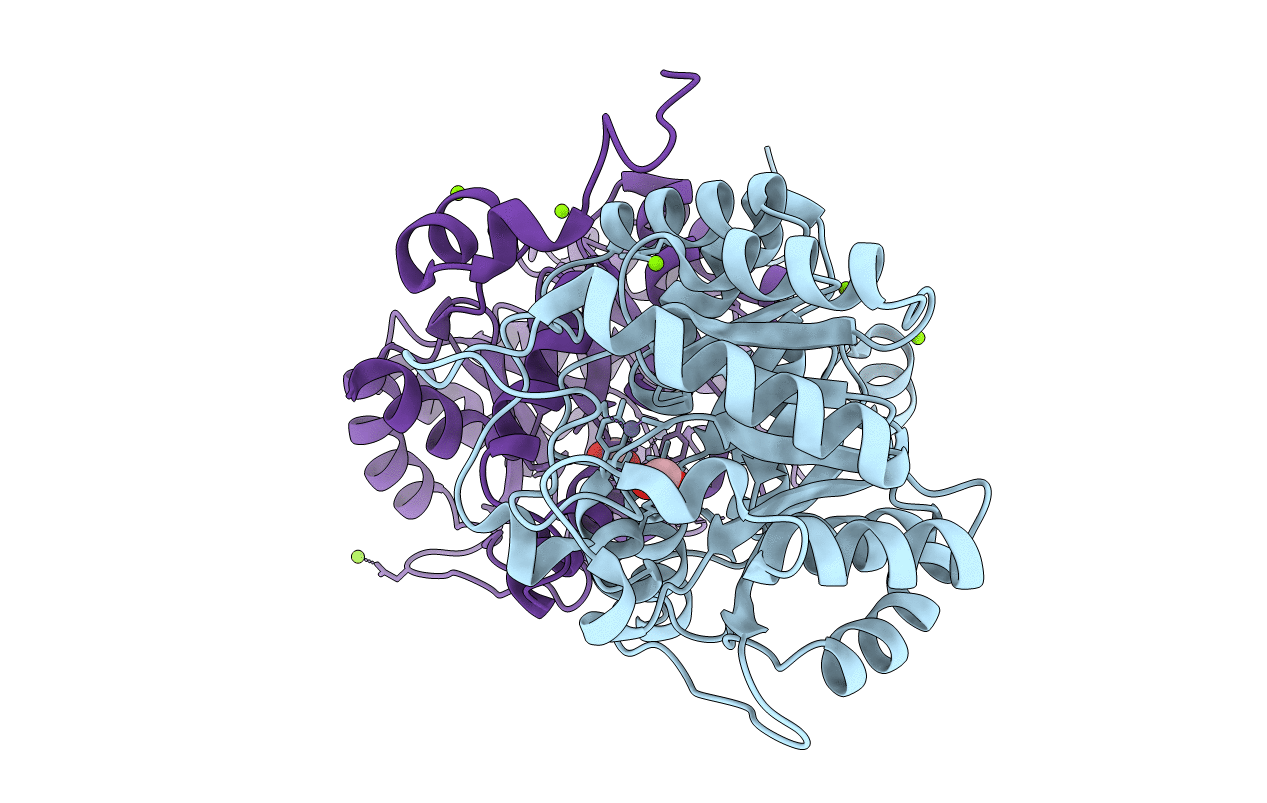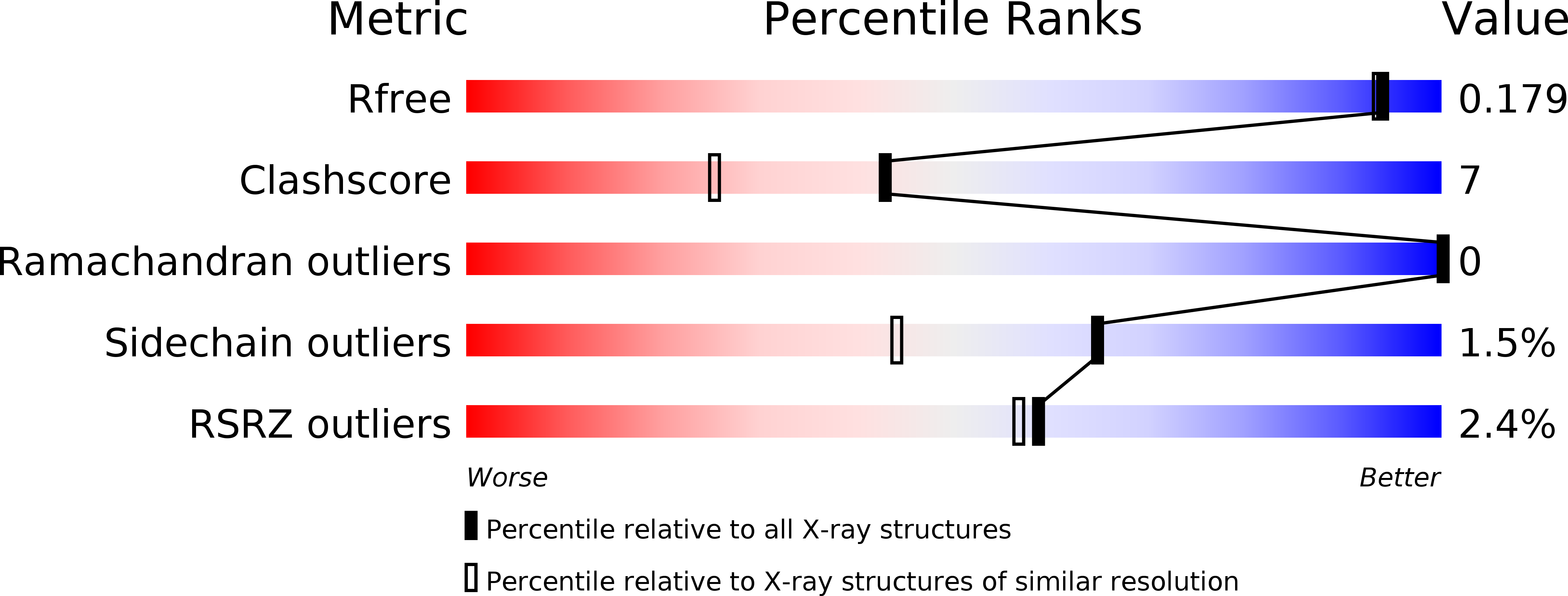
Deposition Date
2004-08-09
Release Date
2005-01-19
Last Version Date
2023-12-13
Entry Detail
PDB ID:
1W5M
Keywords:
Title:
Stepwise introduction of zinc binding site into porphobilinogen synthase of Pseudomonas aeruginosa (mutations A129C and D139C)
Biological Source:
Source Organism:
PSEUDOMONAS AERUGINOSA (Taxon ID: 208964)
Host Organism:
Method Details:
Experimental Method:
Resolution:
1.60 Å
R-Value Free:
0.16
R-Value Work:
0.12
R-Value Observed:
0.13
Space Group:
P 4 21 2


